Surprising Triggers Behind Pesky Muscle Cramps
Ever had a muscle cramp seize you mid-stride, or jolt you awake in the dead of night? That excruciating, sudden tightening can turn a simple walk into an agony, or steal precious sleep, leaving you wondering: Why me? It's easy to blame dehydration or a tough workout, but the truth is, these pesky spasms often have surprising, lesser-known culprits lurking beneath the surface. Forget the obvious; understanding the real reasons behind your leg pain and cramping is the first, most crucial step to finding lasting relief. We've uncovered 25 surprising triggers that might be silently sabotaging your comfort, so you can finally pinpoint the cause and reclaim your stride.
1. Dehydration

If an individual is not taking in enough fluids, their body starts shutting down in various ways. Since things are not functioning and circulating properly, their muscles start cramping up. This is especially true for athletes or those who like to stay physically active. If someone is participating in a sporting event or doing hard labor and they feel a leg cramp starting up, they need to get hydrated right away, as this could be one of the first signs of heat stroke. Of course, gulping water isn't the best course of action to reverse dehydration. It's important to sip the water at a constant, steady pace. Too much, too quickly can cause additional issues. Furthermore, individuals can avoid leg cramps and other muscle cramps due to dehydration in the future if they drink water or other hydrating beverages regularly throughout each day.
2. Low Sodium Levels

Being low on sodium can trigger cramps in the legs. Sodium is often sweated out when individuals engage in long periods of physical activity. If their body cannot replace the sodium as quickly as they are losing it, then they will likely experience cramping in their legs or other parts of their body as a reaction. Individuals who believe low sodium could be the reason behind their leg cramps should be sure to safely bring up the sodium levels in their body to treat the issue directly. This includes consuming foods with salt, such as soups, crackers, and cheese, as well as drinking electrolyte beverages. When drinking water, individuals must monitor their intake, as drinking too much, too fast can hinder their body's performance and decrease sodium levels.
3. Low On Carbs

Leg cramps and low-carbohydrate diets often go hand-in-hand. When individuals try to watch their weight, it seems like cutting out carbohydrates is a must, but the body needs at least some of them to function appropriately. If an individual feels the pain in their leg due to the cramps is too much to handle, but still want to maintain their diet, they may want to try increasing their salt and water intake to see if that resolves the problem. If that does not work, increasing their consumption of carbohydrates may be the only way to find some relief from the leg cramps.
4. Tight Muscles

Cramping is a direct result of tight muscles, so finding ways to loosen up could make all the difference in relieving cramps in the legs and the pain that often accompanies them. There are many ways to do this. Staying regularly active is a surefire way to keep one's circulation in check and avoid cramps developing in the legs. Massaging and stretching will also help a leg cramp causing immediate pain that needs to be taken care of sooner rather than later. By maintaining a stretching routine, individuals could also avoid future pain due to cramps in their legs, since stretching can help prevent tight muscles from developing and thus, fewer leg cramps as a result. Other options for relieving tight muscles include applying warm or hot compresses to the legs or taking a warm bath.
5. Pregnancy

Between a growing belly, food cravings, and carrying around an extra thirty to forty pounds, pregnancy can be a bit overwhelming. Unfortunately, it may be a direct cause of leg cramps, as well. Doctors are not completely sure why the potential for cramping in the legs increases with pregnancy, but it probably has a lot to do with feeling fatigued and carrying around more weight than normal. Pregnant women can help not only relieve the leg cramps, but also prevent them from occurring as often, by drinking sufficient fluids, elevating their legs whenever possible, and massaging and stretching their legs. Some women even report wearing special pregnancy compression socks can be helpful in keeping leg cramps at bay.
6. Overexertion Of Muscles

Exercising is a great habit to instill in any lifestyle. It is important for everyone to stay active in order to keep their body functioning appropriately, but it is crucial to be sure to not overdo it. When individuals experience positive changes in their body, it is typical for them to want to push harder and harder to achieve more goals. This is not always good as overexertion can damage their muscles, making them tight and leaving individuals with painful cramping in the legs and other parts of their body. Instead, individuals should take it easy and slowly work their way through new challenges to avoid potential leg cramps and serious injury.
7. Certain Medications
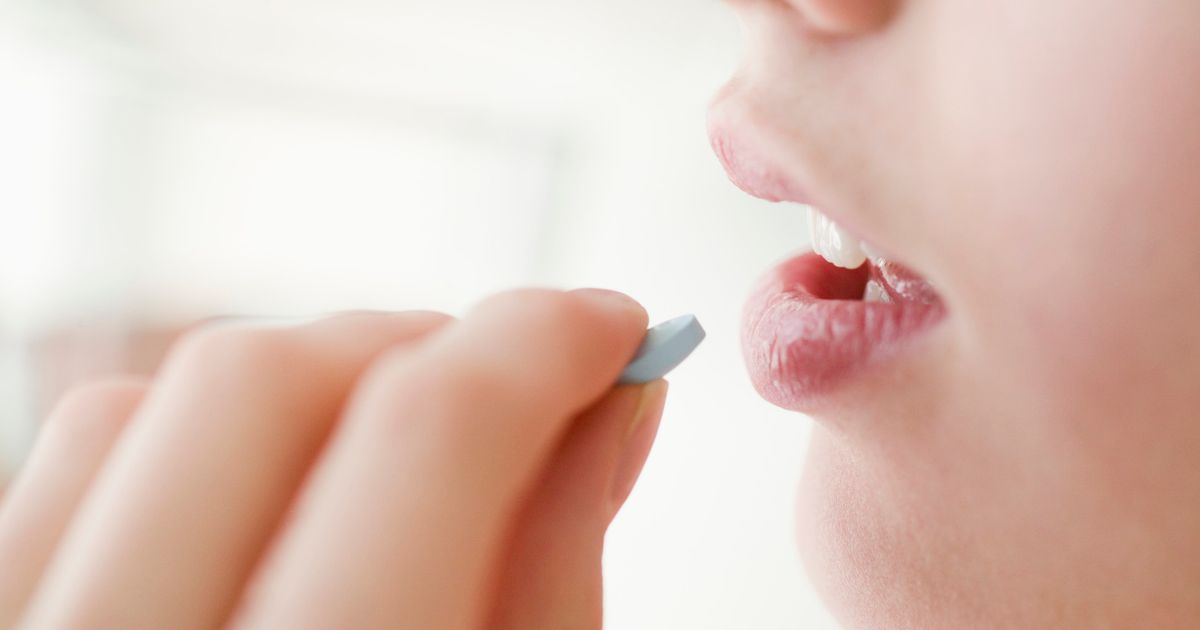
There are various medications that may cause an individual's legs to cramp up as a side effect. Specifically, ones that cause an individual's fluid levels to drop are more prone to cause dehydration, thus triggering muscle spasms and cramps in the legs. Individuals taking any kind of medication and who experience cramps in their legs should take the time to read the labels on their medication and consult with their primary doctor to determine if their medication could be the reason behind the cramps. Consultation with a doctor is crucial, as they can provide the most accurate and safest advice when it comes to dealing with medication-induced leg cramps. Potential solutions include transitioning to a different medication that will not result in this side effect, though other solutions include developing a plan to compensate for the leg cramps, such as increasing one's water intake for diuretics.
8. Inadequate Blood Supply And Mineral Depletion

Poor circulation or insufficient blood supply to the legs is a common cause of cramps. The arteries that deliver blood to the legs can contract and become narrow, which somewhat compromises the nerves in the legs. Poor circulation can produce pain in the legs while exercising as well as after the fact. Compression of the nerves occurs when an individual is sitting or walking in a slouched position for an extended period, and the resulting compression can cause significant pain in the legs as well as painful cramps. Sitting in an ergonomic chair and improving walking posture is a great place to start addressing these concerns. Mineral depletion in the body is another cause of cramps in the legs; too little calcium, magnesium, or potassium in the body can cause poor circulation and the narrowing of arteries. Certain medications also deplete minerals in the body.
9. Neurological Conditions
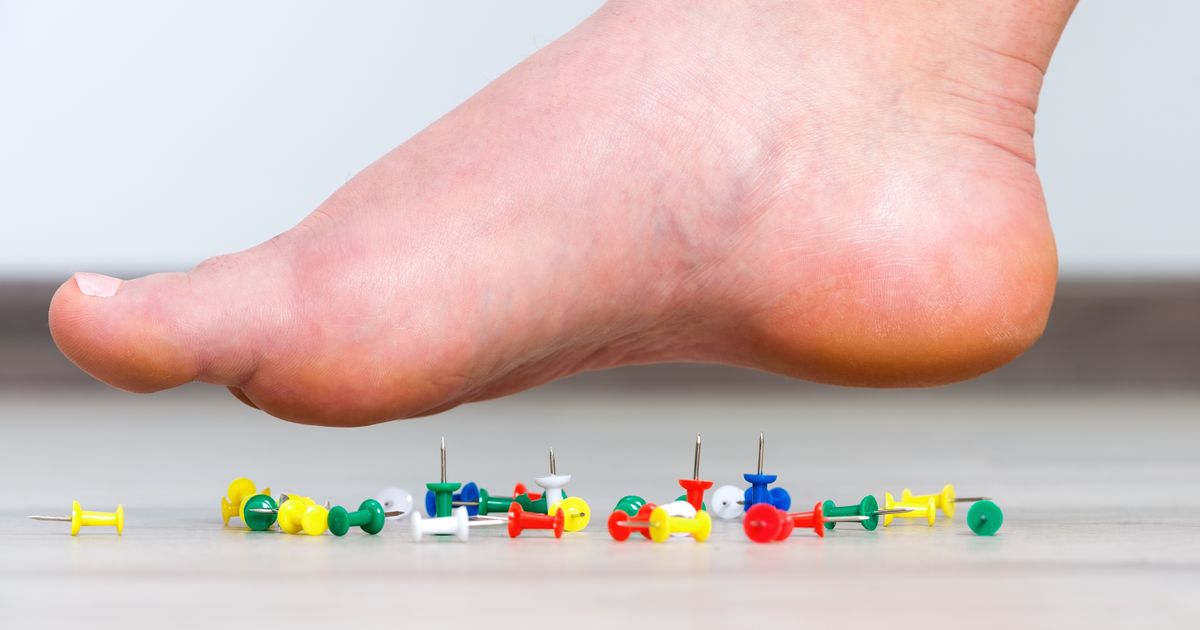
Leg cramps caused by neurological conditions often signal an underlying problem. This type of pain is called a secondary cramp, and it is caused by nerve damage or another identifiable cause. Motor neuron disease is a rare condition that damages parts of the nervous system gradually, leading to muscle weakness and sometimes visible shrinkage or wasting. This disease occurs when nerve cells in the brain and spinal cord stop working efficiently, which is known as neurodegeneration. Motor neuron disease has been known to cause leg cramps in patients with the ailment. Peripheral neuropathy develops in humans when the nerves in the hands, feet, arms, or legs are damaged. Symptoms will depend on which nerves have been damaged, but this condition is known to cause numbness, extreme sensitivity, lack of coordination, pain, tickling, and leg cramps.
10. Infections And Disease
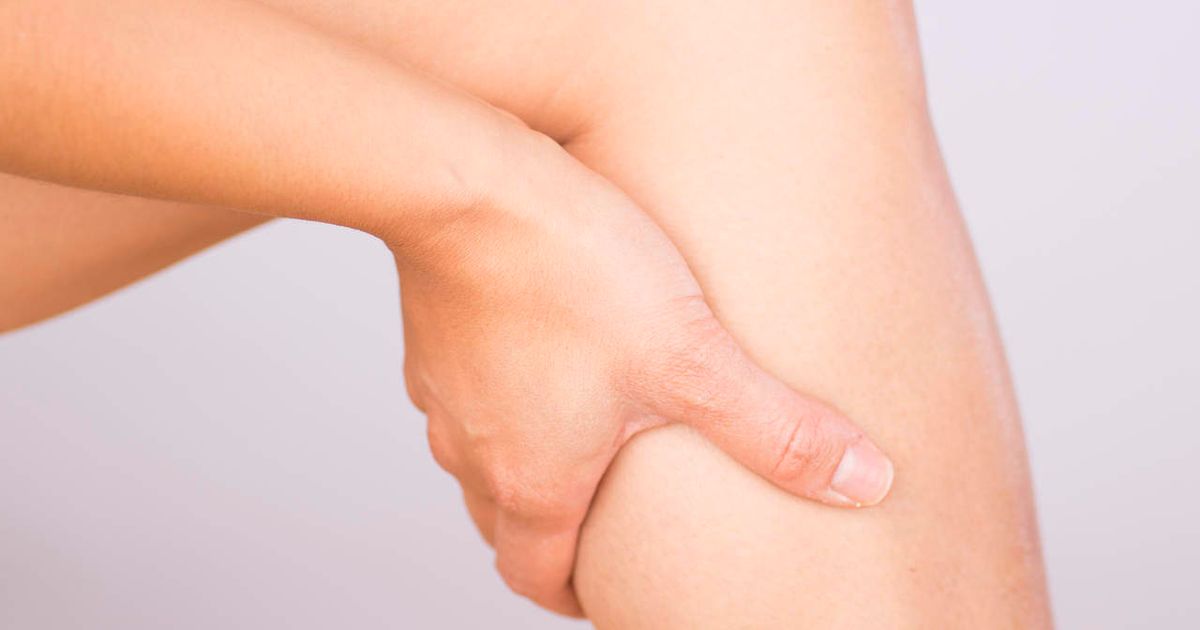
Liver disease is one known ailment that directly causes toxins to build up in the bloodstream, which can lead to muscle spasms and cramps, including in the legs. Bacterial infections can also hurt the nervous system of the body. One primary disease that contributes to leg cramps is myositis, which causes muscle weakness and can lead to spasms. If toxins are high within the body, there is an increased chance of experiencing leg cramps. This consequence is due to the nerves responding to the toxins and sending messages to the muscles, in this case, the leg muscles. High levels of mercury in the body is a well-known cause of leg cramps; this substance can build up in the body, creating toxic levels of the chemical, which wreaks havoc on the nerves and arteries.
11. Nerve Compression
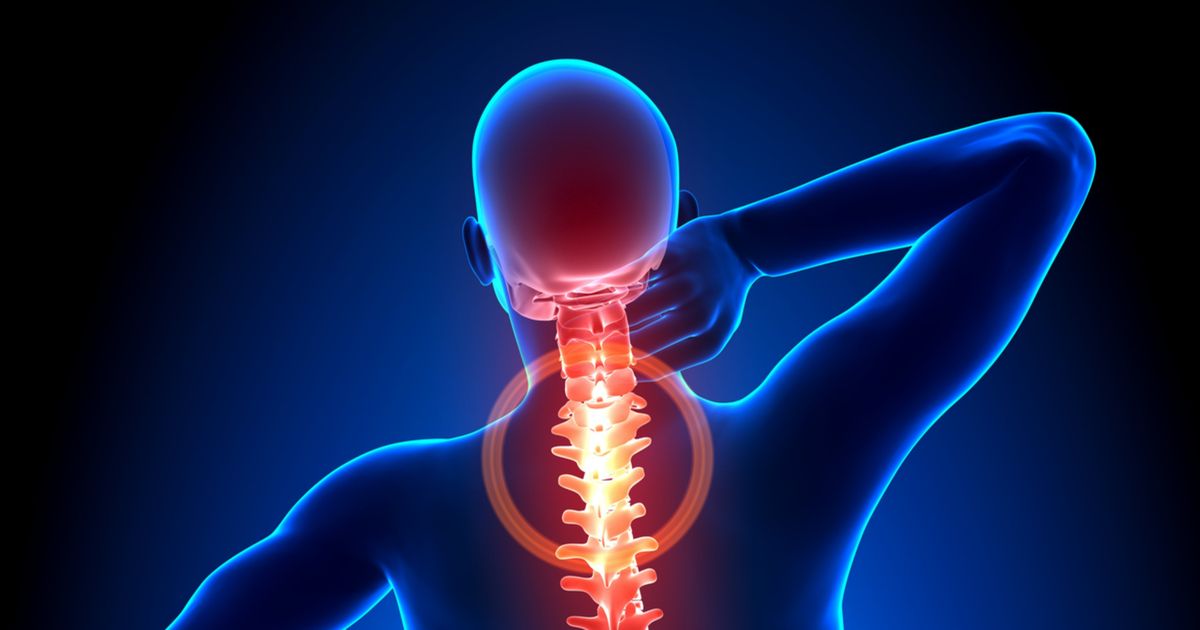
Compression of the nerves in the spine can cause cramp-like pain in the legs. Nerve compression in the spine is termed lumbar stenosis, which is due to the narrowing of the spinal canal in the lower back. It is usually caused by bone or tissue growth in the openings of the spinal bones, causing the nerves that branch out from the spinal cord to be squeezed and irritated. Pain and cramps due to nerve compression usually worsen the longer the patient walks, so rest can be quite helpful in alleviating the pain. Walking in a slightly flexed position may improve some of the symptoms as well.
12. Not Stretching Enough

A common cause of leg cramps is by not stretching enough or, at least, not stretching well enough. Stretching can offer many benefits to the body, including improved flexibility, reduced muscle soreness, and a decreased risk of injury during physical activity. Most leg cramps can be relieved by stretching and exercising the affected muscle. Stretching throughout the day may decrease the frequency of cramps in the legs as well as other parts of the body. Some ways to prevent leg cramps include stretching calves before going to bed each night, sleeping on the back with toes pointed up, laying on the stomach with feet hanging off the bed, and keeping sheets and blankets loose.
13. Peripheral Neuropathy
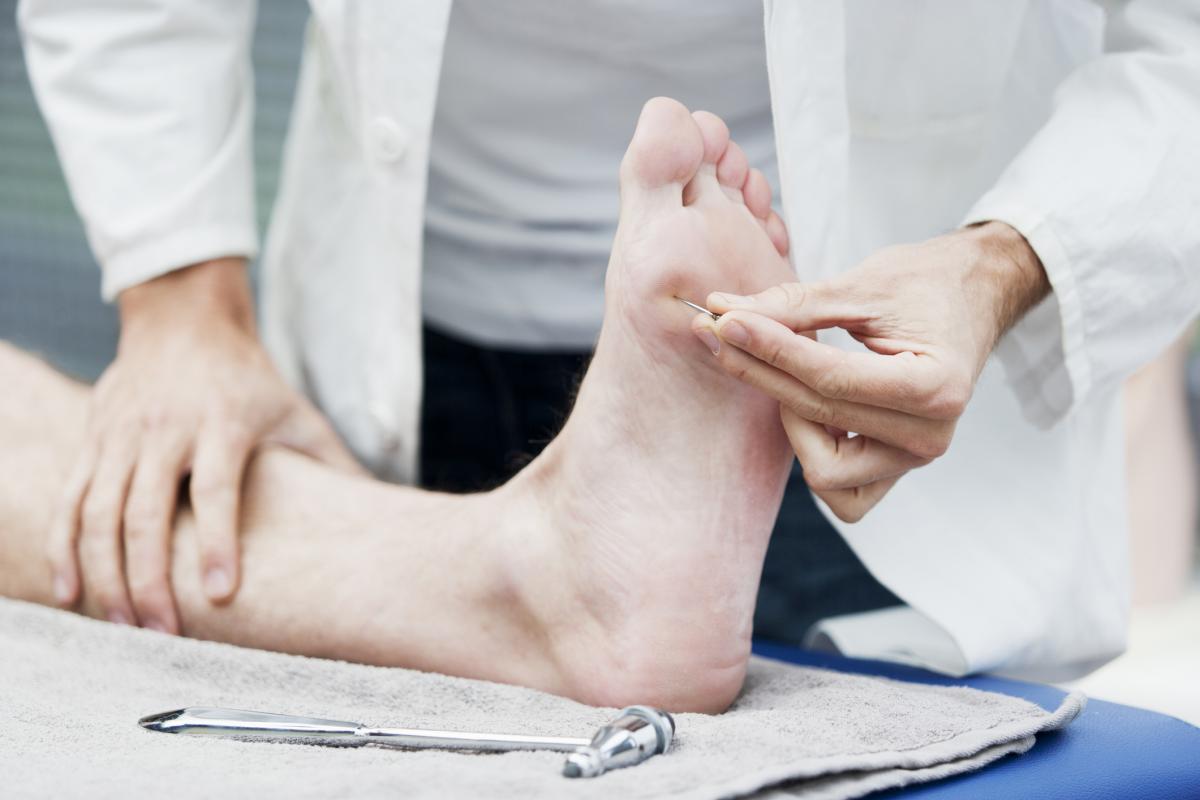
The peripheral nervous system is responsible for the transmission of information from the central nervous system to other areas of the body and consists of nerves and pathways residing outside of the brain and spinal cord. When these nerves and pathways are damaged, due to trauma, illness, toxins and genetic abnormalities, a condition called peripheral neuropathy can develop. While it can be attributed to a variety of factors, peripheral neuropathy is most frequently associated with diabetes. One of the most common symptoms of this form of neuropathy is leg cramps, which can be painful in nature. These leg cramps can be accompanied by a wide variety of other symptoms, including loss of sensation in the hands, feet and legs, muscle twitching, and changes in skin, hair or nails. There is currently no cure, but there are several treatment options to manage the condition, including over-the-counter pain relievers, prescription medications, as well as lidocaine injections and patches.
14. Sitting Improperly Or For Long Periods

Sitting improperly or for long periods of time can also lead to leg cramps. These type of leg cramps are especially common among individuals who have desk or sedentary type jobs in which sitting for hours on end occur regularly. Muscles are designed to not only be in motion but to have proper blood and oxygen flow to keep them healthy. Sitting improperly can impede blood flow, which can then lead to muscle contraction and cramps in the legs. To prevent cramping from occurring for this reason, it is important to stand up and walk for a few minutes every hour. This will get the leg muscles moving and encourage proper blood flow to the legs. It is also important to remember good posture when sitting and to avoid sitting on the legs or leaving them in curled positions for too long.
15. Parkinson's Disease

Parkinson's disease affects the nervous system. It is a progressive disorder which, over time, diminishes an affected individual's ability to move. One of the most common initial symptoms of Parkinson's disease is tremors in the hand. Another symptom frequently seen in Parkinson's disease patients is muscle cramps in the legs. Often, individuals with this condition will experience leg cramps after engaging in a specific physical activity or sitting/standing in a particular position. There is currently no cure for Parkinson's disease, however, there are several medications available that can help patients manage their symptoms. Parkinson's disease patients experiencing frequent leg cramps may find some relief drinking tonic water with quinine, a substance known to reduce cramping.
16. Vascular Disease

Vascular disease occurs when arteries that carry blood and oxygen through the body become blocked, preventing blood from reaching all areas of the body. This can cause a wide range of symptoms, including leg cramps. Leg cramps tend to be especially common in individuals with vascular disease after a period of activity, due to the fact the muscles require more blood when in use. These leg cramps are generally also accompanied by weakness and heaviness in the legs. Symptoms generally dissipate after a short period of rest. Treatment will vary depending on the severity of the symptoms and can include blood thinners, prescription medications to relax the blood vessels, and a change in diet to lower cholesterol.
17. Cirrhosis
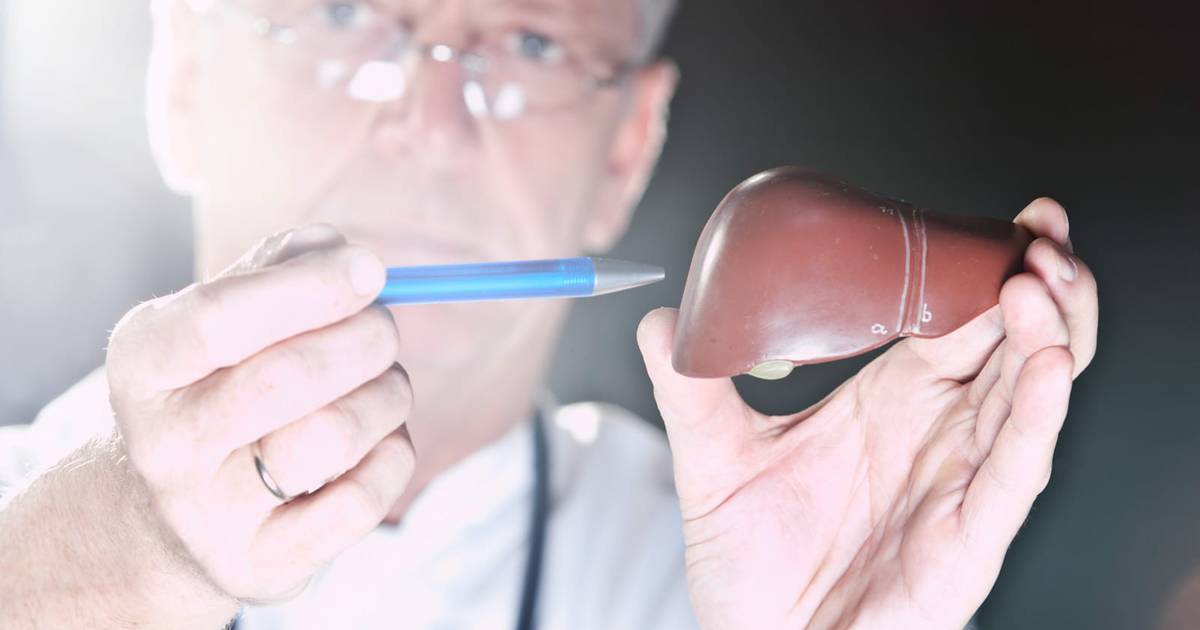
Cirrhosis is a disease that kills the cells in the liver, resulting in scarring and eventual failure of the organ. It is most often caused alcohol abuse and hepatitis B and C, but there are many other causes for the disease as well. Many individuals with this disease experience leg cramps to a varying degree. While the cause is not completely certain, research indicates nerve damage and a decrease in the body's ability to metabolize energy may be at the root of the problem. Individuals with cirrhosis can find relief from muscle cramps in various forms, including prescription muscle relaxants as well as vitamin E supplements.
18. Restless Leg Syndrome (RLS): Beyond Just "Jumping" Legs

Often dismissed as simple fidgeting, Restless Leg Syndrome (RLS) is a neurological disorder characterized by an irresistible urge to move the legs, often accompanied by uncomfortable sensations like crawling, tingling, or, yes, cramping. These sensations typically worsen during periods of rest or inactivity, especially at night. Unlike a common cramp that resolves, RLS symptoms are relieved by movement, creating a vicious cycle of discomfort and disrupted sleep, which can lead to persistent muscle tension and subsequent cramping.
19. Electrolyte Imbalance (Beyond Just Sodium)
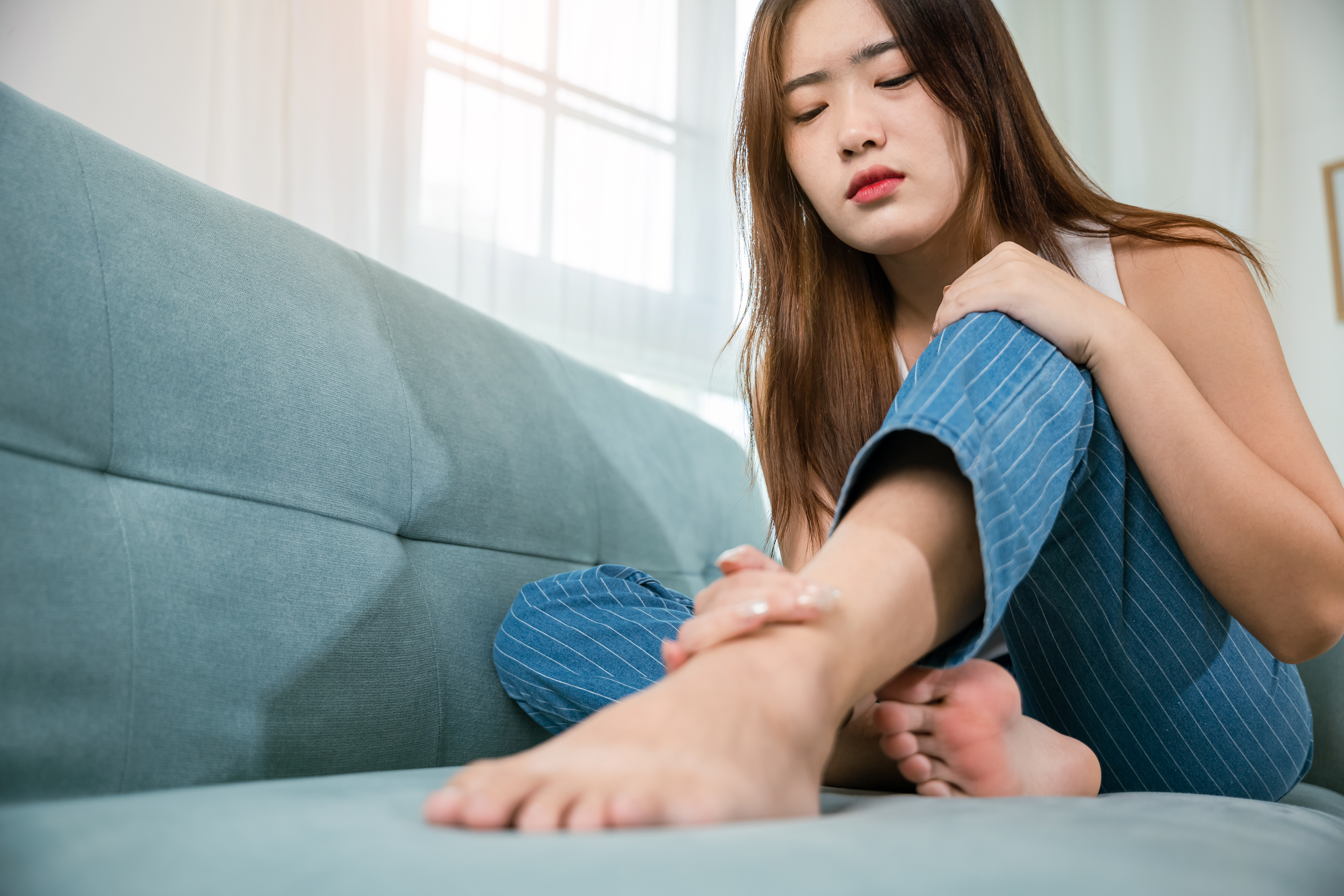
While low sodium is a known culprit, broader electrolyte imbalances involving potassium, calcium, and magnesium are equally critical and often overlooked. These minerals are vital for nerve signaling and muscle contraction/relaxation. Too little of any, or an imbalance between them (e.g., too much calcium without enough magnesium), can disrupt proper muscle function, leading to cramps. This often happens with certain diuretics, prolonged sweating, or imbalanced diets, making comprehensive electrolyte intake crucial.
20. Poor Footwear & Gait Issues

The shoes you wear and how you walk can surprisingly contribute to chronic leg cramps. Ill-fitting shoes, lack of arch support, or excessive heel height can alter your gait, straining specific leg muscles, particularly the calves and hamstrings. This constant, subtle overworking or unnatural positioning can lead to muscle fatigue and tightness, priming them for painful spasms. Even slight gait imbalances, perhaps from an old injury or a structural foot issue, can trigger compensatory muscle cramps.
21. Vitamin Deficiencies (B Vitamins, Vitamin D)

Beyond major minerals, certain vitamin deficiencies can silently trigger muscle cramps. A lack of B vitamins, particularly B1 (Thiamine), B5 (Pantothenic Acid), and B6 (Pyridoxine), can impact nerve function and energy production, indirectly contributing to muscle issues. Vitamin D deficiency is also increasingly linked to generalized muscle weakness and pain, which can manifest as cramping. These deficiencies often go unnoticed, making them surprising but significant culprits.
22. Thyroid Disorders (Hypothyroidism)

An underactive thyroid gland, or hypothyroidism, can dramatically slow down the body's metabolism, affecting muscles and nerves. Common symptoms include muscle weakness, aches, stiffness, and frequently, muscle cramps. The cramps might be more persistent or occur with less exertion than typical exercise-induced spasms. If accompanied by fatigue, weight gain, or cold sensitivity, testing thyroid function could uncover a surprising hormonal root cause of your leg cramps.
23. Chronic Kidney Disease
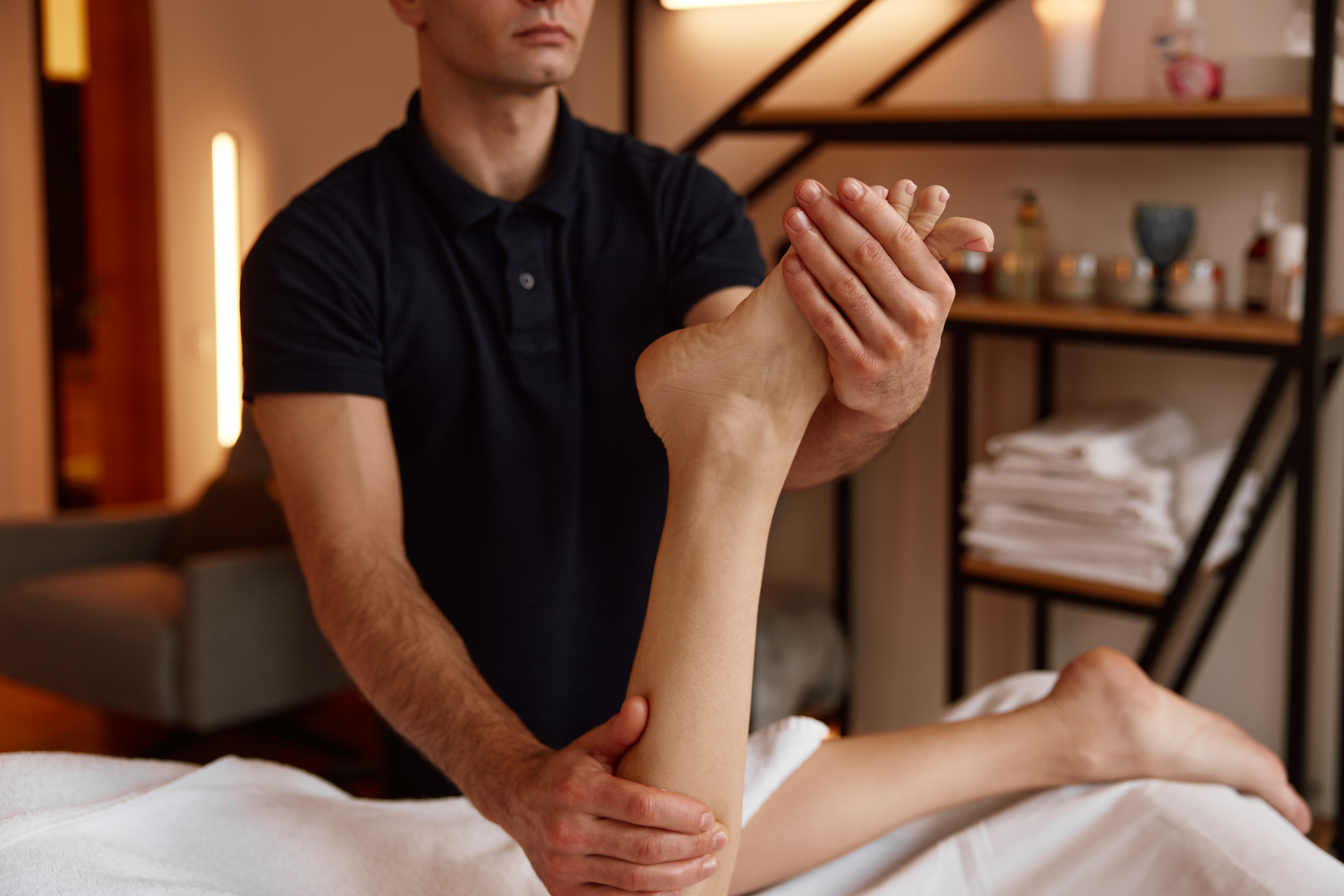
Individuals with chronic kidney disease (CKD) often experience persistent and painful muscle cramps, especially in their legs. This is due to a complex interplay of factors including electrolyte imbalances (calcium, phosphorus, potassium), accumulation of toxins the kidneys can no longer filter, nerve damage, and even certain medications used to treat CKD. These cramps can be debilitating, highlighting the systemic impact of kidney dysfunction on muscle health.
24. Fibromyalgia & Chronic Fatigue Syndrome

These chronic conditions, often characterized by widespread pain, fatigue, and cognitive issues, frequently include muscle cramps as a prominent symptom. The exact mechanism isn't fully understood, but it's believed to involve central nervous system dysfunction affecting pain processing and muscle tension. For those with unexplained, persistent cramping alongside other fatigue and pain symptoms, exploring these broader conditions with a specialist could be a surprising avenue for diagnosis and management.
25. Alcohol Overconsumption

While a common indulgence, excessive alcohol consumption can be a surprisingly direct trigger for muscle cramps. Alcohol acts as a diuretic, leading to dehydration and electrolyte imbalances, particularly magnesium and potassium, which are crucial for muscle function. It can also interfere with nerve signals and nutrient absorption. Chronic heavy drinking can even lead to alcohol-induced myopathy, causing muscle weakness and persistent cramping, making moderation key for muscle health.
Reclaim Your Comfort

No longer should you suffer in silence or attribute every sudden muscle seize to "just dehydration." We've peeled back the layers, revealing 25 surprising triggers behind those pesky muscle cramps, from the subtle shifts in your diet and daily habits to underlying health conditions you might never have suspected. Understanding these diverse culprits — be it an unexpected medication, an electrolyte imbalance, or even your favorite footwear — is the true power. Armed with this knowledge, you can move beyond simple fixes to targeted solutions, finding genuine, lasting relief. It's time to transform frustration into freedom, stepping confidently into a life where your muscles move with ease, leaving cramps a distant memory.